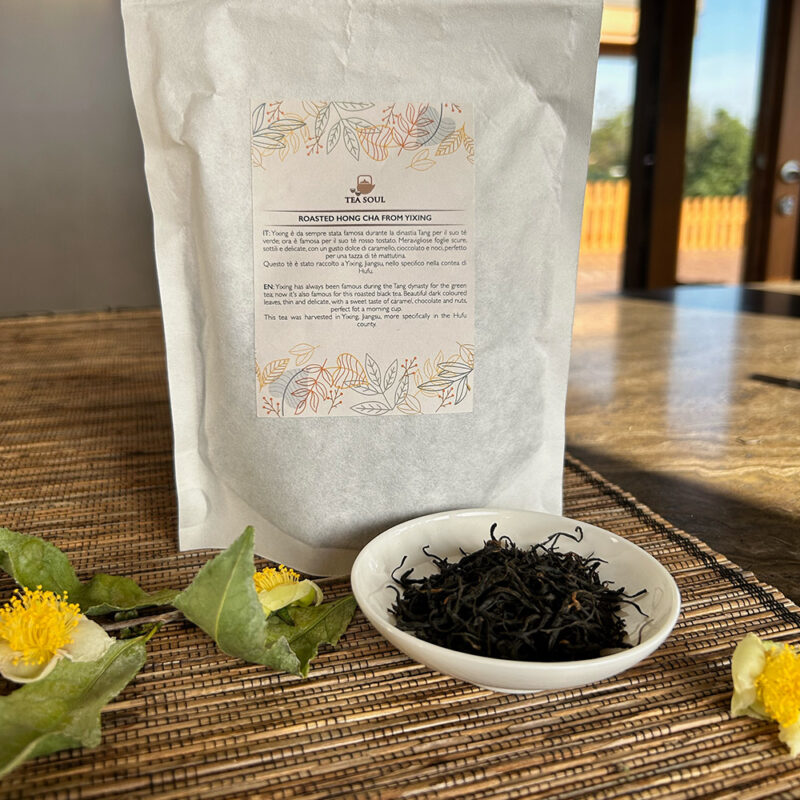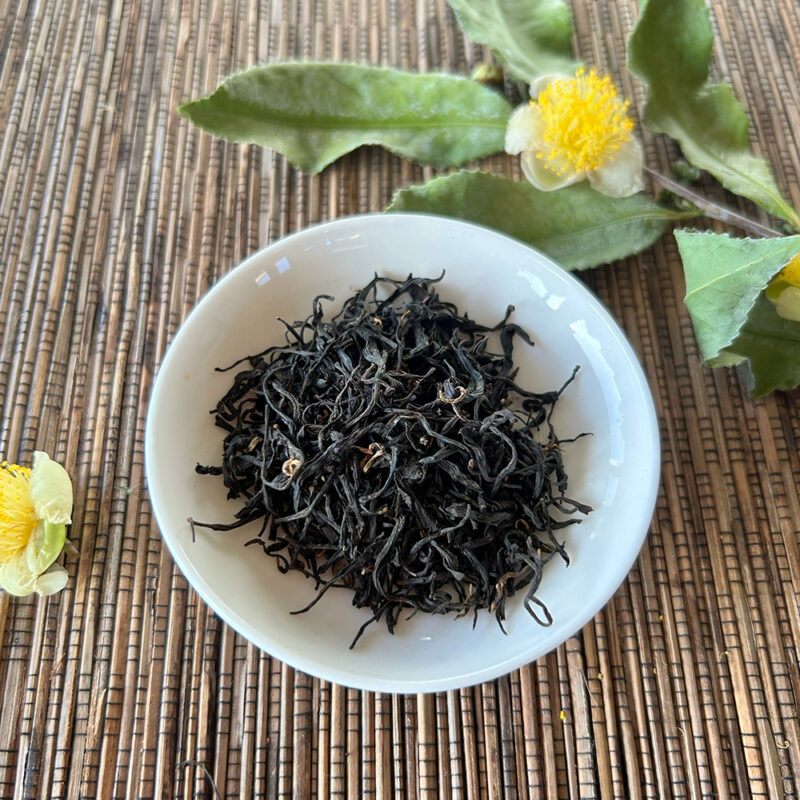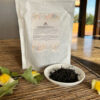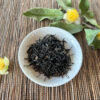VARIETIES AND TYPES OF TEA
REGIONS
CHINA
JAPAN
TAIWAN
THAILAND




6.40€ Taxes included
During the Tang Dynasty, Yixing was very famous for the quality of its tea green; today, however, in addition to its famous fine clay teapots, Yixing has become known for its complex and enveloping Yixing Hong Cha Roasted Red Tea. Wonderful dark, thin and delicate leaves with a sweet taste of caramel, cocoa and roasted almonds: perfect for a morning cup of tea.
During the Tang Dynasty, Yixing was very famous for the quality of its tea green; today, however, in addition to its famous fine clay teapots, Yixing has become known for its complex and enveloping Yixing Hong Cha Roasted Red Tea. Wonderful dark, thin and delicate leaves with a sweet taste of caramel, cocoa and roasted almonds: perfect for a morning cup of tea.
This tea was harvested in Yixing, Jiangsu, specifically in Hufu County.
The leaves of this Yixing Hong Cha Roasted Red Tea are brown with reddish highlights and golden tips. Thin almost like hair, their shape is tapered and gently rolled. Once infused, they give off sweet aromas of cocoa, rose and lychee. In the cup, the amber-red liqueur reveals a round, enveloping body with no bitterness or astringency. A unique, smooth tea perfect for the cold season.
GONG FU CHA
The first infusion of Yixing Hong Cha Roasted Red Tea brings sweet notes of cocoa, caramel and lime honey, with malty hints. Also very intense are the fruity hints of lychee and baked apple, which blend wonderfully with the rose notes. The second brew opens with just this floral note, while cocoa and malt remain well present. There is also a hint of roasted nuts (praline almonds). Subsequent brews remain very sweet and velvety, loaded with cocoa, malt, and caramel with a surprising, if slight, spicy (nutmeg) note on the finish.
WESTERN
Hints of cocoa and honey, with their sweetness, are certainly characteristic of this Yixing Hong Cha Roasted Red Tea, which unveils in an interesting development floral secondary notes of rose and fruity notes of lychee and baked apple. Persistence is remarkable, with hints of malt and caramel.
Yixing – Jiangsu, China
We strongly recommend infusing Yixing Hong Cha Roasted Red Tea in the traditional Chinese method (Gong Fu Cha) with a gaiwan with a capacity of about 150 ml. By following this preparation, multiple infusions can be made with 5 grams of leaves that are useful to best capture all the flavor nuances of the tea.
Heat the water to a temperature of 90°C and proceed with an initial 20-second infusion. Keeping the water at the same temperature, you can then continue to exploit the same leaves by adding more water and increasing the infusion time by 5 seconds each time (20 – 25 – 30…).
This tea has a longevity of 8 infusions.
For a more classic preparation according to the Western style, we recommend 3 grams of leaves (about 2 teaspoons) in a 200-mL cup with water at 90°C for an infusion time of 3 minutes.
For a better tasting experience, we suggest that you strain the infusion as soon as the brewing time is over. The brewing time recommendations, however, can also be slightly adjust by your personal taste in order to obtain a strong or more delicate cup of tea.
Store in a cool, dry place away from direct sunlight.
Black Friday 50
| PACKAGE | 10 g, 50 g |
|---|---|
| Temperature | 90°C |
| Preparation - GAIWAN | 5gr x 150ml / 20 – 25 – 30… sec / 8 brewings |
| Preparation - CUP | 3gr x 200ml / 3 minutes / 3 brewings |


